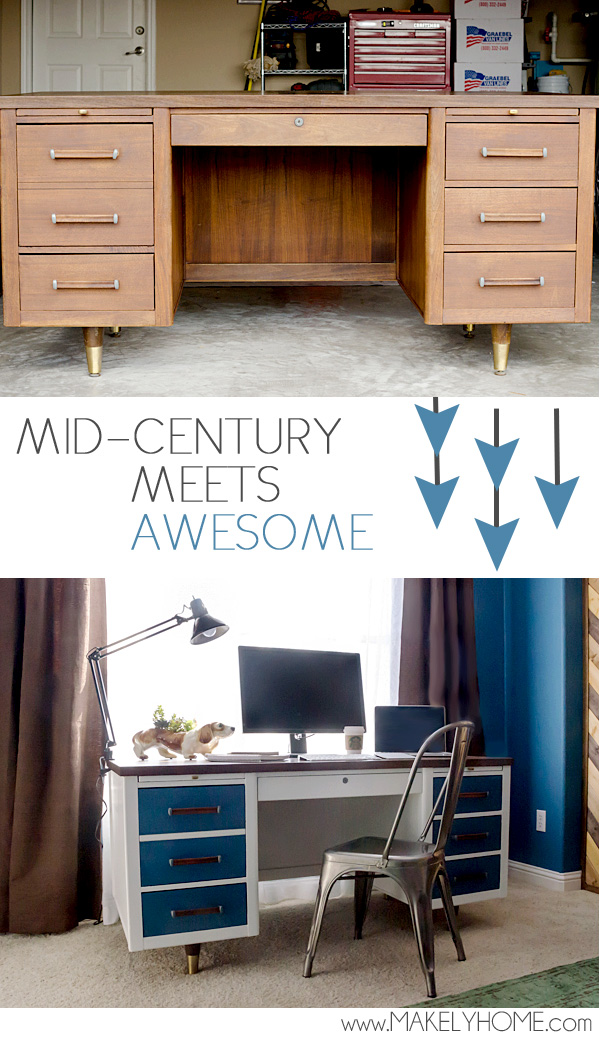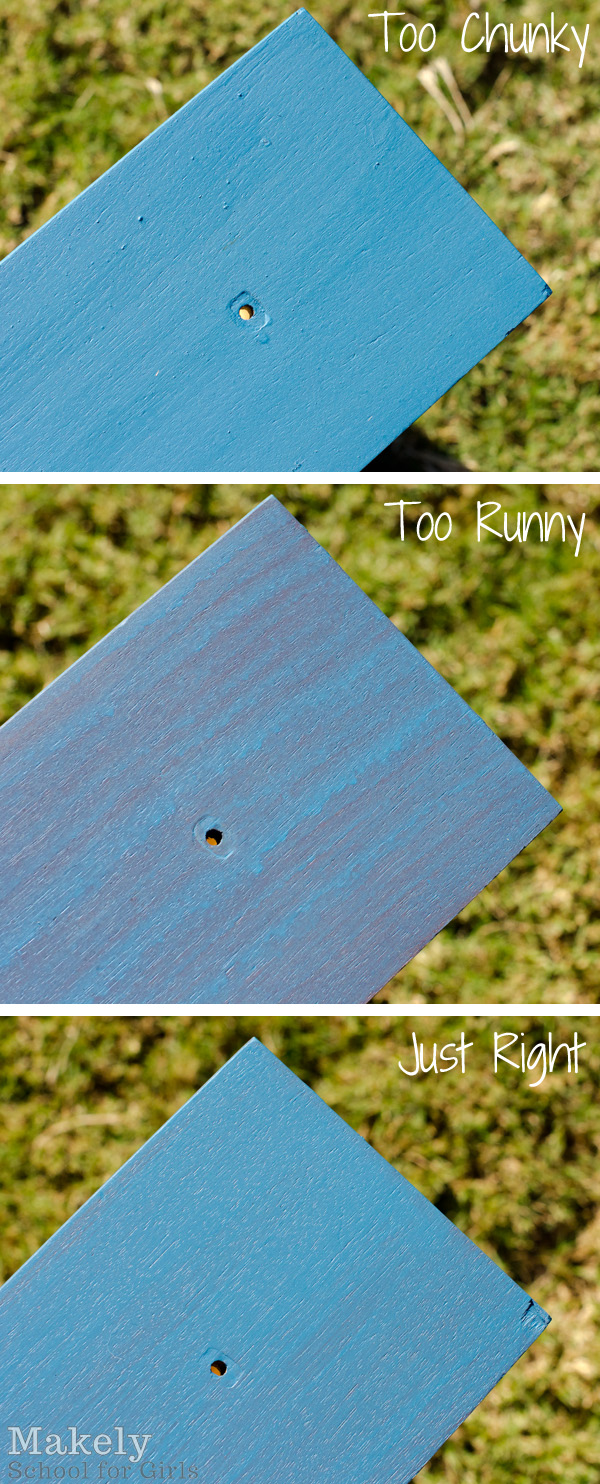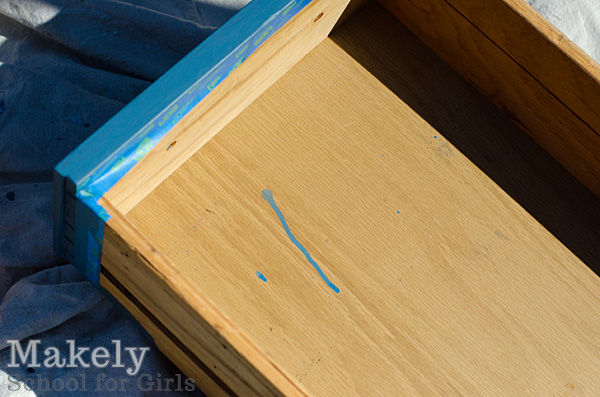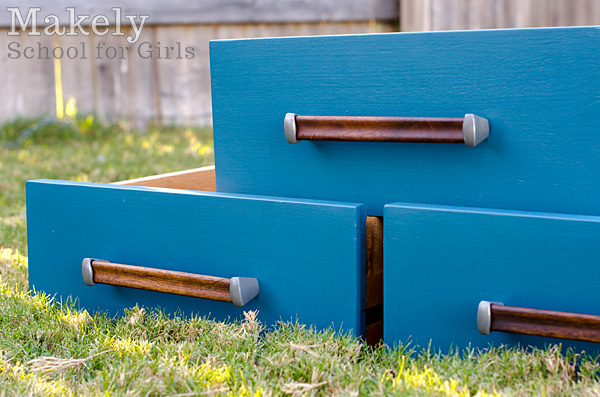I live in a little town right outside of Austin, Texas. If you’ve never been to this part of the country, you really owe yourself a visit. Austin is not what you think of as Texas. It’s the hippest of the hip and the coolest of the cool. In fact, it’s so hip and cool that it’s hip and cool to act like it’s not hip and cool. Got it? Yes, it’s confusing, but just go with it.
Being as that I live a stone’s throw from Austin, we get to have fun friends come stay with us so they can explore the town. This past October, my sister and three of her girlfriends came to play. We spent the weekend shopping and eating and listening to live music in my favorite parts of this great city. But before we did any of that, we had something else to do.
“Would y’all go with me to pick up a desk I found on CraigsList so I don’t get ax murdered?”
Yep. My guests are forced to go on CraigsList runs with me. It’s sort of like my little fee for them getting to visit – a Lindsay Tax, if you will.
Of course, they were sweethearts and were happy to go with me to pick up the desk I had found. I had been on the search for something with cool mid-century lines, yet still big enough for me to work on. I found a desk from a delightful couple who had used it in their family business for years (and probably wouldn’t have ax murdered me at all). It was in nearly perfect condition, and I tried to contain my excitement as the girls and I loaded it into my pick up truck (I am a Texan after all). The desk was an exact match to a funky rehabbed one I had seen somewhere online, so I knew that my plan for mid-century to meet awesome was going to work out quite well.

…






